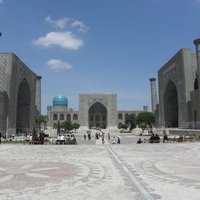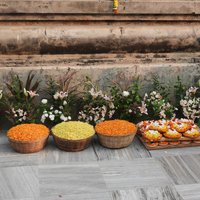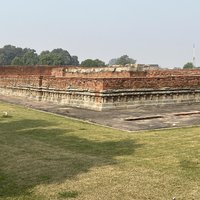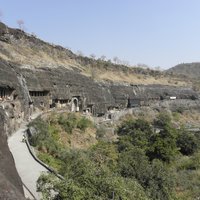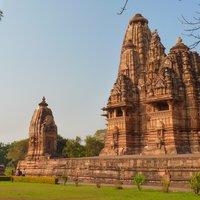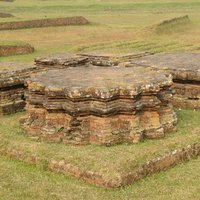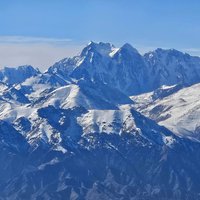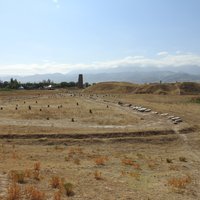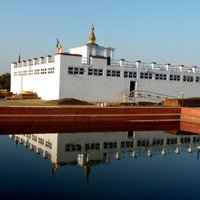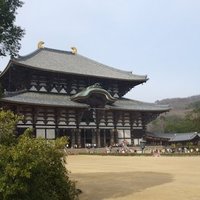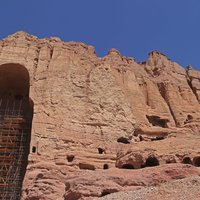Connected Sites
-
Xuanzang crossed the desert from Tashkent further west to Samarkand. In Samarkand, the party came across some abandoned Buddhist temples and Xuanzang impressed the local king with his preaching.
-
Xuanzang visited Bodh Gaya in 637.
-
visited Nalanda first in 637 and then again in 642, spending a total of around two years at the monastery (AB ev)
See en.wikipedia.org
-
He continued traveling to Nasik, Ajanta, Malwa, from there he went to Multan and Pravata before returning to Nalanda again. (wiki)
-
"The first documented mention of Khajuraho was made in 641 by Xuanzang, a Chinese pilgrim who described encountering several dozen inactive Buddhist monasteries and a dozen Hindu temples with a thousand worshipping brahmins." (Wikipedia)
-
The Grand Canal passes through Luoyang, where Xuanzang was ordained as a śrāmaṇera (novice monk) at the age of thirteen.
-
After Nalanda, Xuanzang traveled through several kingdoms, including Pundranagara, to the capital of Pundravardhana, identified with modern Mahasthangarh, in present-day Bangladesh. He also visited Somapura Mahavihara at Paharpur in the district of Naogaon, in modern-day Bangladesh. The modern-day vihara however dates from the 8th century AD, after Xuanzang.
-
631-633
-
In 629, Xuanzang traveled across the Gobi Desert to Kumul (modern Hami City) and then followed the Tian Shan westward to arrive in Turpan in 630. The hottest mountain in China, the Flaming Mountains, is located in Turpan and was depicted in the "Journey to the West", a Chinese novel that is an extended account of the legendary pilgrimage of Xuanzang.
-
"Great Wild Goose Pagoda was built in the 8th century AD to preserve the sutras and Buddhist figurines brought from India by Xuanzang." - Nomination File
-
In 636, Xuanzang traveled through Terai in the southern part of modern Nepal, where he found deserted Buddhist monasteries, and thence to Kapilavastu, his last stop before Lumbini, the birthplace of Buddha. In 637, he set out from Lumbini to Kusinagara, the site of Buddha's death.
-
Part of Xuanzang's remains were taken from Nanjing by soldiers of the Imperial Japanese Army in 1942, and are now enshrined at Yakushi-ji in Nara, Japan (wiki)
-
In Bamyan, Xuanzang met the king and saw tens of non-Mahayana monasteries, in addition to the two large Buddhas of Bamiyan carved out of the rockface.

